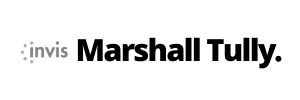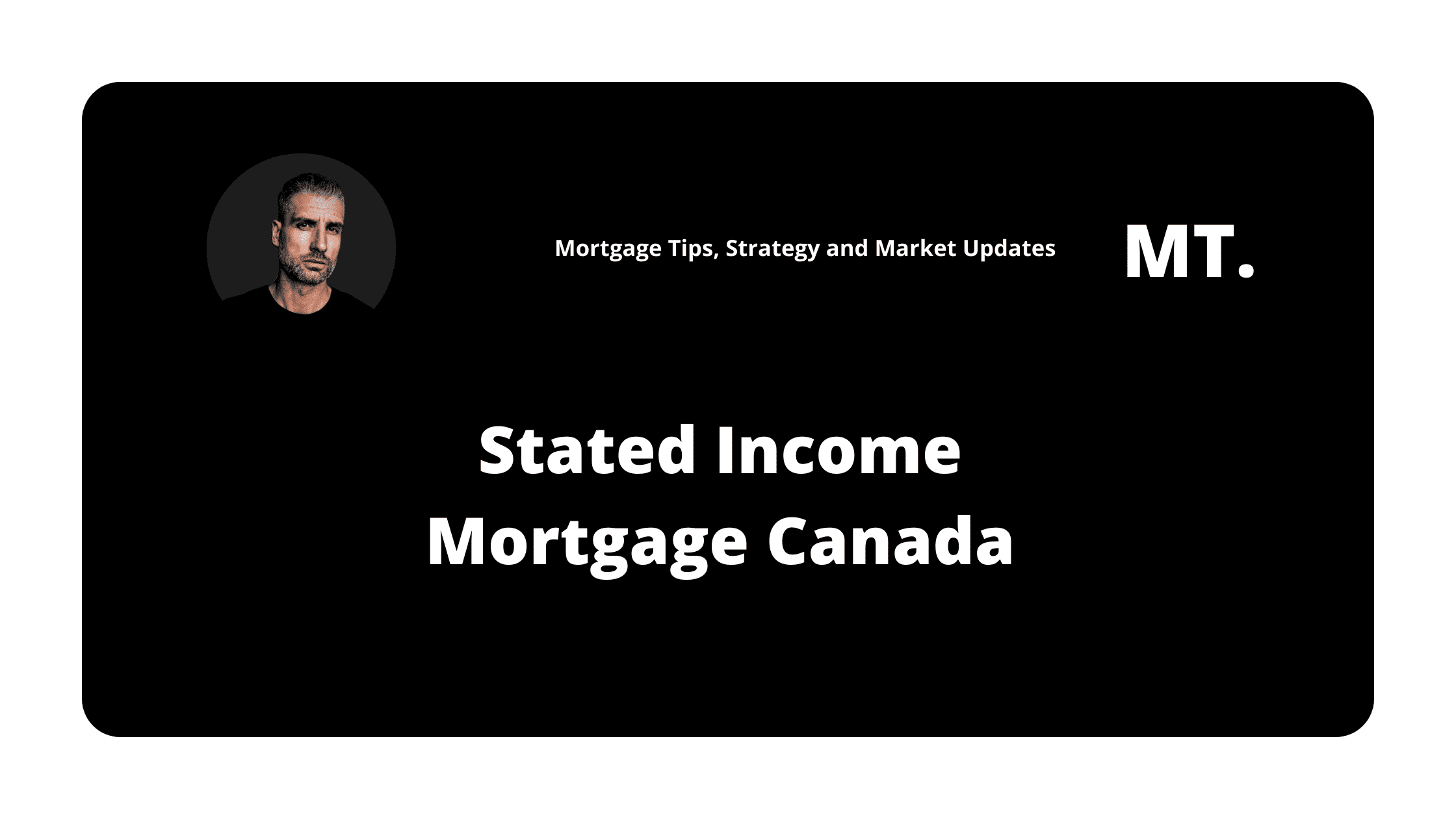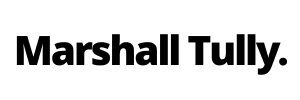Stated Income Mortgage Canada
Navigating the world of mortgages can be a complex journey, especially for self-employed individuals in Canada. Today, we dive into the specifics of Stated Income Mortgage Canada, a term increasingly relevant in our diverse economic landscape. This article aims to elucidate the differences between standard self-employed mortgages and stated income mortgages, shedding light on the documentation required, typical fees, and how they affect your borrowing power.
Understanding the Differences: Self Employed vs Stated Income Mortgage Canada
Standard Self-Employed Mortgage:
Traditionally, self-employed individuals secure mortgages by providing proof of income via 2 years of personal tax returns through notices of assessment and T1 Generals from the Canada Revenue Agency. This process ensures that your declared income aligns with your tax returns, that your business has been functional and operating for a minimum of two years, and that you have a consistent income to rely upon. In addition, you’ll have to meet the credit requirements, and other standard mortgage qualification guidelines.
➡️ 📄 Read the Full Self-Employed Mortgage Guide Here
Stated Income Mortgage:
In contrast, a stated income mortgage is tailored for those who may find it challenging to prove income in the traditional way, have been operating their business for less than two years, or maybe don’t meet the credit requirements of a traditional self-employed mortgage. This option is particularly beneficial for entrepreneurs and freelancers who try to minimize taxable income through write-offs or retaining much of their earnings within a coporation, making standard verification methods less feasible. Here lenders are going to get a bit more creative in how they verify your income and ability to support the mortgage you are requesting.
Stated Income Mortgage Canada: A Lenders vs B Lenders
A lenders
Some A Lenders will allow for a stated income application under the Sagen Alt-A Program. This program is very difficult to qualify for and will require strong credit and a solid history of self employment. This typically works well for borrower who have moved from working for a company to now being a contractor for that same company, essentially they are doing the same work just moved from employee to self employed.
The is also a stated income mortgage from Canada Guaranty: the Low Doc Advantage which will review the amount of income declared on your personal tax returns from the most recent tax year, as well as the total gross sales of your business, the type of business your are running, and how the ownership is set up.
For the most part these programs rarely get the result borrowers are looking for, and so we will focus on the B lender options below.
B Lenders
B lenders are essentially a lot of the same lenders that compete in the A lending space, however they have another lending arm we refer to as B lending or Alt-A. These lender will get more creative on income, poor credit scores or history, but will require larger down payments and are more particular about where properties are located. There are also private lenders that have even less rules, but these options get very expensive and should really only be reserved for emergency situations.
For the purpose of this article we will focus on B lenders stated income mortgage Canada.
Required Documentation
While less stringent than conventional mortgages, stated income mortgages still require documentation to validate your financial status.
You’ll need the typical:
- Credit Check
- Down payment confirmatin
- Mortgage Application
For verifying your income lenders will be looking for:
- Proof of active self-employment status (e.g., business license, GST/HST number).
- 12 months business Bank statements to verify your sales and expenses.
- 3 – 5 invoices to match the largest deposits in your bank account
- A letter of declaration of your income (the ‘stated’ income).
Stated Income Mortgage Canada with B Lenders
Lender Fees
Stated income mortgage in Canada often involve lender/broker fees, reflecting the increased risk lenders undertake and the additional complications in reviewing an application and determining a borrowers ability to repay the loan. Typically you will see a lender/broker fee of 2% of the mortgage amount; if you were borrowing $500,000 you should expect a one time fee of $10,000 payable at closing of the mortgage. Upon renewal of your mortgage, at the end of you contract term, some lenders will charge a renewal fee that can vary from a few hundred dollars to a percentage of the mortgage amount.
Interest Rates
Interest rates tend to be fairly comparable to A lender rates, except that you have the fee noted above which is not charged on standard mortgages. The biggest difference in interest rates, is you won’t have the array of options you get from traditional lenders. Typically you will have the choice of fixed rates with terms of 1, 2 or 3 years, where as with traditional lenders you will see 1 – 10 year fixed as well as variable rate mortgages. Sometimes this works for someone who hopes to be able to qualify for traditional lender in a year or two time, but otherwise it just means you’ll be renegotiating your rate more often.
Downpayment & Property Location
Lenders will require larger down payments, a minimum of 20% of the purchase price, however if you get outside of major city centres you can expect that to jump to 35%. If the property is too rural, meaning its distance from a major urban centre is fairly significant, this type of mortgage may not be an option.
Borrowing Power Variations
Borrowing power in stated income mortgage in Canada is a nuanced affair. Since you declare your income without traditional proof, lenders are really digging in on how your business generates income and what kind of expenses you have. If you are writing off lots of personal expenses, or if you are incorporated and retaining a lot of the income in your business and not claiming it personally on your tax returns you will likely see a significant advantage in how much you can borrow under a stated income mortgage Canada program. Additionally, B lenders will allow for much higher loan amounts relative to income then you’d get away with from an A lender, increasing borrowing power of a stated income program.
In summary, stated income mortgages in Canada offer a flexible alternative for self-employed individuals, facilitating homeownership despite unconventional income streams. While they come with specific requirements and potentially higher costs, their tailored approach makes them a viable option for many.
As always, it’s prudent to consult with a mortgage expert who can guide you through these options, ensuring that your choice aligns with your financial goals.
Overview
Subscribe to begin.
Join 7.5k+ subscribers and get tips, strategies and market updates every other Thursday morning.







